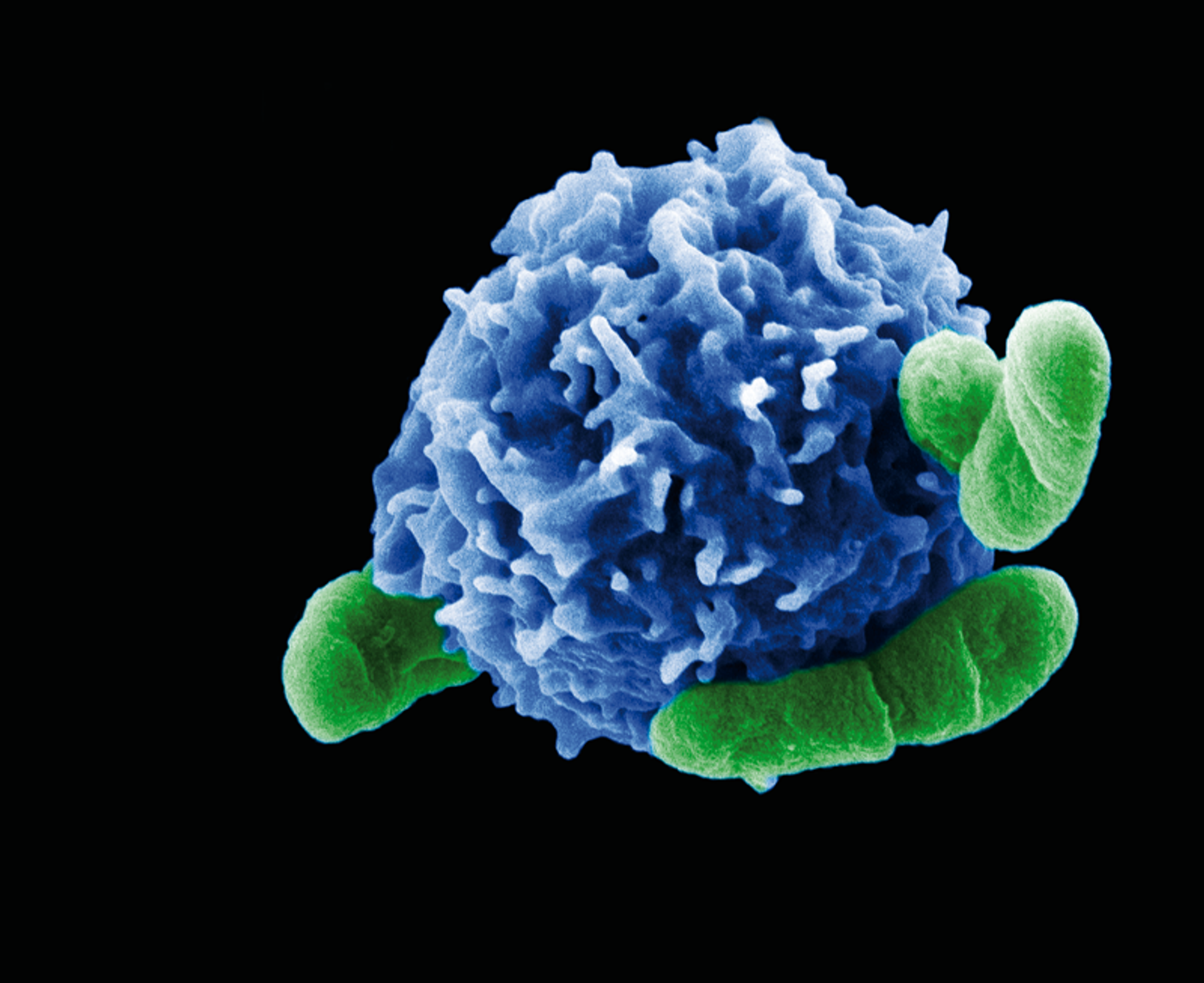Depending on if they function correctly or not, regulatory T cells (T regs) can either help or hurt. Scientists from the Ludwig Cancer Research have been trying to understand from a cellular level what factors are required for T reg function, and new findings point to an interleukin called IL-2.
T regs, as their name suggests, regulate multiple aspects of the immune response, fine-tuning activity of effector cells so that infections are cleared and tumors are eliminated without incurring too much damage to the unaffected cells and tissues of the body. "Our findings suggest that regulatory T cells have a dual role in inflammation-associated [gastrointestinal] cancers, limiting precancerous lesions in the early stages but promoting cancerous growths in later stages of the disease," explained Alexander Rudensky, leader of the study.
Past studies Rudensky was involved with reached roadblocks when trying to decipher the relationship between IL-2 and the proper function of T regs. Research showed that T reg generation and maintenance relies on the IL-2 receptor (IL-2R), but how? When researchers created genetic knockouts of the IL-2R gene, mice models couldn’t make any T regs at all and died. That result indicated that IL-2R is a definite requirement for T reg function, but still - how?
Enter Rudensky’s newest study, published recently in the journal
Nature Immunology: scientists used “elegant” genetic techniques and mouse models to finally understand the details of IL-2R requirements for T reg function. Their findings showed that IL-2R is both “required and sufficient” for T regs to suppress helper T cells, which are effector T cells involved with infection, cancer, and other immune responses. Similarly, IL-2R signaling was found to be required also for the control of cytotoxic T cells, effector cells which attack infected and cancerous cells - no surprise there. What was unexpected was the discovery of IL-2R’s direct role in controlling cytotoxic T cells.
In addition to the role of IL-2R in providing T reg function, the receptor also directly affected the activity of cytotoxic T cells by binding IL-2, making the interleukin unavailable to cytotoxic T cells and subsequently suppressing their activity.
So how is this involved with gastrointestinal cancer? Effector T cells play a key role in promoting chronic inflammation that triggers these types of cancers. In fact, Rudensky’s study also showed that dysfunctional IL-2R signaling triggered gastrointestinal cancer in the small intestine of diseased mice.
Successfully manipulating IL-2R signaling to control T regs could have a massive impact on a wide variety of disease therapies. For preventing autoimmune reactions in diseases like rheumatoid arthritis, diabetes, and inflammatory bowel disease, scientists could tweak the activity of T regs to better control unwarranted immune attacks. To treat cancer, researchers could loosen the T reg control of cancer-killing cells like cytotoxic T cells so the immune system could fight cancer all on its own, reducing or even eliminating the need for cancer treatments like chemotherapy and radiation that cause harmful side effects. Continuation of this study will surely lead to advanced therapies for people suffering from many different diseases.
Source:
Ludwig Cancer Research









